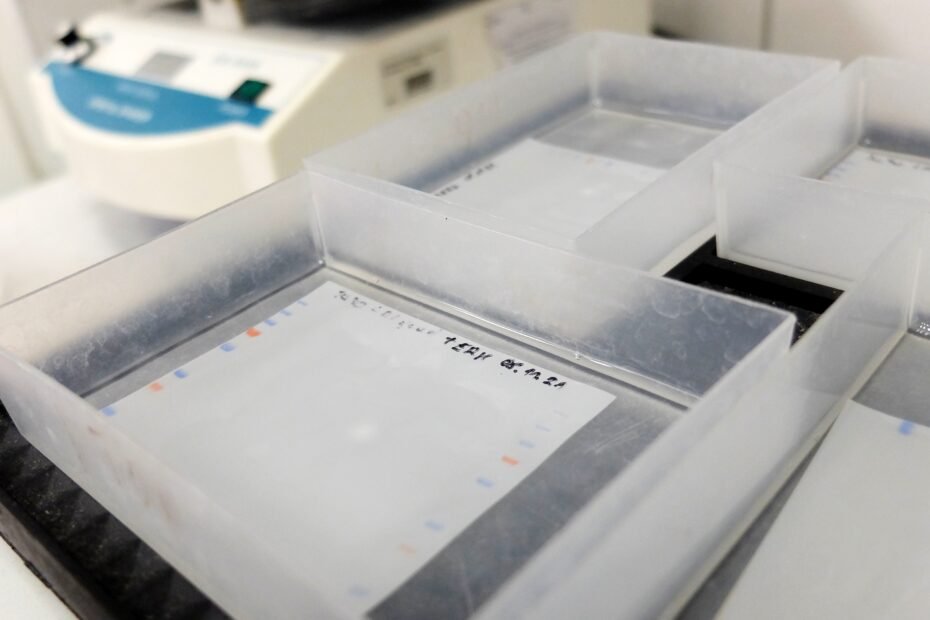Introduction: Western blotting is a powerful, tried-and trusted technique for studying proteins for more information about experimental design see our guide. In this blog post, we will delve into the science behind nitrocellulose’s role in protein research, explore how it works in this context, uncover its intriguing history, and touch upon some interesting facts, including its explosive nature.
The Science Behind Nitrocellulose in Protein Research: In protein research, nitrocellulose plays a crucial role as a solid support medium for techniques like Western blotting. Nitrocellulose membranes possess unique properties that make them ideal for capturing and immobilizing proteins during various laboratory procedures. The membrane’s porous structure allows proteins to bind effectively, facilitating their detection and analysis. Through the process of electrophoresis, proteins are separated based on their size and charge, and nitrocellulose comes into play by providing a platform for subsequent probing with specific antibodies, enabling researchers to visualize and study protein expression.
The Production of Nitrocellulose: A Controlled Chemical Transformation: The manufacturing process of nitrocellulose involves a controlled chemical transformation of cellulose, a natural polymer found in plant cell walls. Initially, cellulose is extracted from sources like wood pulp or cotton. This raw cellulose undergoes a series of chemical reactions, with the primary step involving its nitration. Nitric acid and sulfuric acid are commonly used in this process, leading to the replacement of hydroxyl groups in cellulose with nitrate groups. The resulting nitrocellulose, often in the form of a gelatinous mass, is then washed and treated to remove excess acids and by-products. Subsequent drying and refining steps yield the final nitrocellulose product. The degree of nitration can be controlled to achieve varying solubilities and properties, making nitrocellulose a versatile material suitable for applications ranging from explosives to its vital role in protein research. Understanding the intricacies of its production is essential for ensuring the consistency and quality required for scientific endeavors.
How It Works: Nitrocellulose’s interaction with proteins is primarily based on hydrophobic and electrostatic forces. The hydrophobic regions of proteins bind to the hydrophobic nitrocellulose surface, and electrostatic interactions further stabilize the protein-nitrocellulose complex. This binding ensures that proteins adhere firmly to the membrane, creating a stable and reliable substrate for subsequent analytical steps. This application of nitrocellulose has revolutionized protein research by providing a versatile tool for the detection and characterization of proteins with high specificity.
Interesting Facts: Beyond its scientific applications, nitrocellulose’s explosive nature adds an intriguing layer to its story. The history of nitrocellulose dates back to the mid-19th century when Christian Friedrich Schönbein discovered its explosive properties. This compound was historically used in the creation of early explosives and propellants. Its combustible properties led to its use in the development of firearms and artillery during the late 19th and early 20th centuries. The stark contrast between its destructive potential and its role in advancing scientific knowledge underscores the diverse applications of this compound.
Conclusion: Nitrocellulose’s journey from explosive material to a valuable tool in protein research exemplifies the dynamic nature of scientific innovation. Its unique properties make it an indispensable component in laboratories worldwide, enabling scientists to unlock the mysteries of proteins and contribute to advancements in medicine, biotechnology, and beyond. As we continue to explore the intersections between seemingly unrelated fields, nitrocellulose stands as a testament to the unexpected connections that drive progress in scientific discovery.
